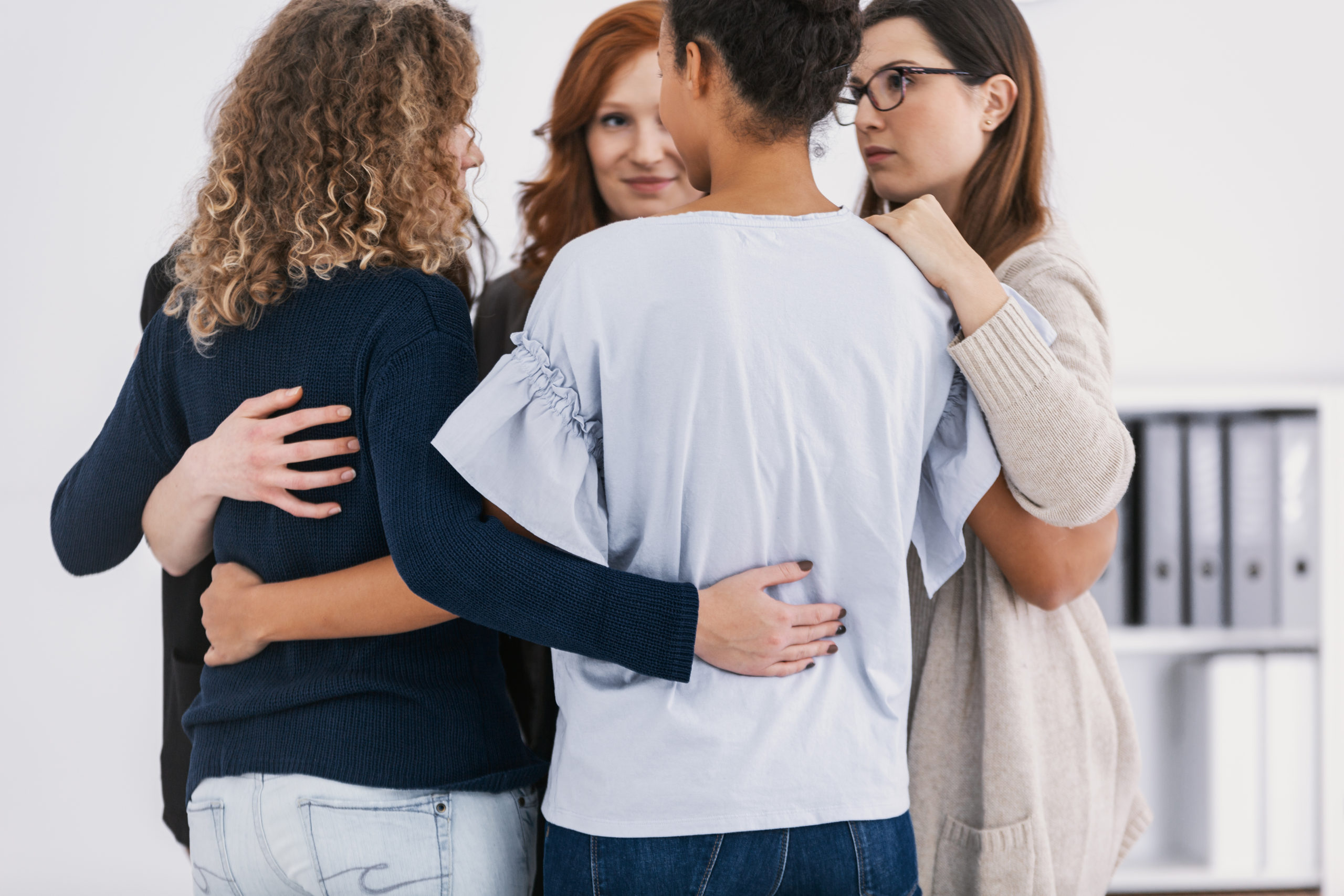

By: Lakeview Health
Women used to have lower rates of addiction than men. But the gender gap has been shrinking for decades now, especially when it comes to alcohol misuse. An increasing number of women are using alcohol more than women did only a few decades ago, and in “patterns increasingly similar to men’s,” Caren Lissner recently reported in The Washington Post. “Health officials are watching the situation with concern, and some addiction specialists are making comparisons to other dependencies to which women may be more vulnerable, such as food addictions.” A study conducted by the National Center on Addiction and Substance Abuse (CASA) at Columbia University confirmed this trend. “Between 2002 and 2012, differences in alcohol consumption and related outcomes narrowed for females and males.” The CASA researchers determined that the “reasons for converging patterns of alcohol use are unclear,” but the status of women in society could be a factor. Converging roles of men and women in western countries seem to entail a higher incidence of substance use disorders of females as well. The situation is still quite different in the developing world, “where the gender gap remains wide,” as Kelly Bourdet noted in The Fix a few years ago. “The one exception is among sex workers, who have high addiction rates. The second-class status of women accounts for this extreme difference.” Drug and alcohol abuse by women in the United States, on the other hand, is increasing across the board. “Young women are the fastest growing group of addicts in the country,” Linda Dahl wrote in 2015 in Loving Our Addicted Daughters Back to Life. Among the many celebrities opening up publicly about their substance use disorders in recent years are women like Elizabeth Vargas, Drew Barrymore, Demi Lovato, and Lindsay Lohan—another indication of the new normal. A recent whitepaper warned that “the prevalence of prescription opioid and heroin use among women is substantial. Between 1999 and 2010, overdose deaths from prescription painkillers increased more than 400 percent among women, compared to an increase of 237 percent among men; between 2002 and 2013, heroin use among women increased 100 percent compared to an increase of 50 percent among men.” Addiction rates may be trending toward parity, but treatment needs for women remain gender specific. Research shows that women often use drugs differently, respond to drugs differently, and can have unique obstacles to effective treatment as simple as not being able to find child care or being prescribed treatment that has not been adequately tested on women. With all these differences, it makes sense to provide treatment tailored to the needs of female patients. Lakeview Health follows an integrative and gender-responsive approach to providing patient care. The integrative health model at The Rose of Lakeview, our women’s addiction treatment program, looks comprehensively at the medical, psychological, physical, and spiritual aspects of female patients’ recovery.





